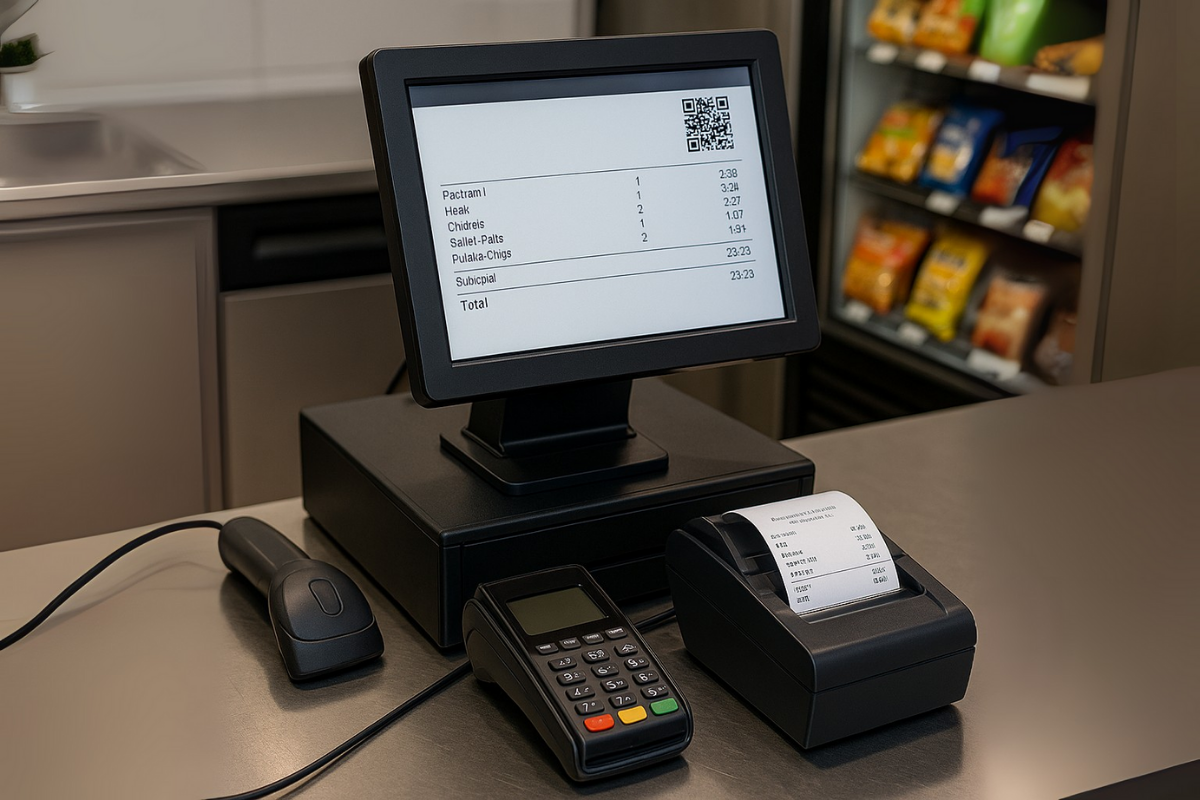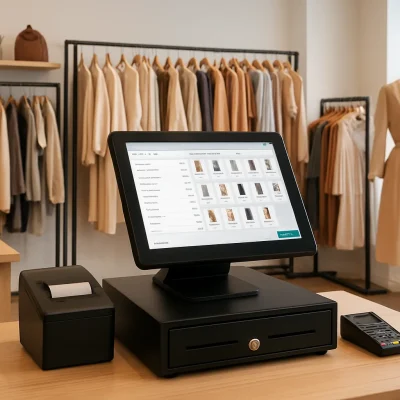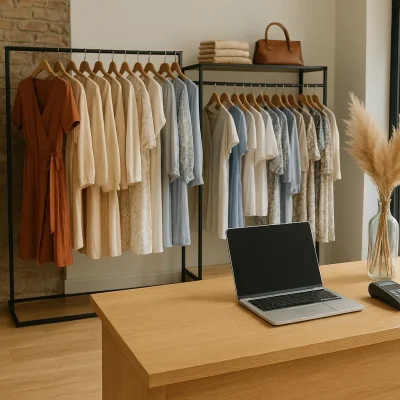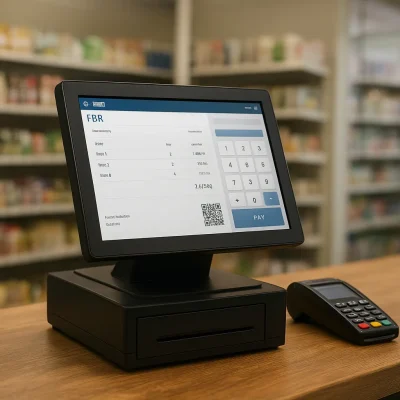If you’re running a business in Pakistan, integrating POS systems with FBR e-invoicing isn’t just a technical upgrade—it’s a necessary step toward staying compliant and future-proofing your operations.
The Federal Board of Revenue (FBR) has made it mandatory for many businesses to generate and share digital invoices in real time. Consequently, this shift is transforming how businesses handle taxation and documentation. So, what does this mean for you? Let’s break it down step by step.
Why FBR E-Invoicing Matters for Your Business
Let’s start with the “why.” FBR’s e-invoicing system is designed to improve transparency, reduce tax evasion, and simplify compliance for businesses of all sizes. Instead of printing and storing paper invoices, your POS system can now generate and send invoices directly to FBR.
As a result, this helps the government monitor transactions accurately. Moreover, it makes it easier for you to manage records and avoid penalties. Plus, it builds a reputation of trust for your brand, which is always a bonus in today’s competitive environment.
Step-by-Step Guide: How to Integrate Your POS with FBR E-Invoicing
Now that you understand the importance, here’s a practical guide to help you integrate your POS system with FBR smoothly:
1. Register on the FBR IRIS Portal
To begin with, register your business on the FBR IRIS portal. You’ll need your National Tax Number (NTN), business details, and some basic documentation. This is the first step toward eligibility for e-invoicing.
2. Choose the Right POS Software
Next, select a POS system that supports FBR integration. Not all software can handle real-time invoicing, so make sure to choose one that complies with FBR requirements. Ideally, the POS should be user-friendly, secure, and updated frequently.
3. Generate Your API Credentials
After registration, log in to the FBR Taxpayer Profile and generate your API credentials. These credentials allow your POS system to send invoice data directly to FBR. Furthermore, they establish a secure connection between your POS and FBR’s server.
4. Connect the POS to FBR’s System
At this point, you or your software provider will connect the POS system using the API credentials. Although this step is usually handled by professionals, it’s still good to understand the basics so you can troubleshoot if needed.
5. Run Test Transactions
Before switching to live mode, it’s smart to run test transactions in FBR’s sandbox environment. This way, you can identify any formatting errors or system glitches. Additionally, testing ensures smoother operations when you go live.
6. Go Live with Real-Time Invoicing
Once everything checks out, activate live mode. From now on, every invoice generated will be sent to FBR in real time. Regular monitoring can help you track any failed submissions or data inconsistencies early on.
Benefits of POS-FBR E-Invoicing Integration
Still wondering whether all this effort is worth it? Here are several reasons why integrating POS systems with FBR e-invoicing is a smart move:
- Full Tax Compliance – Avoid fines and legal trouble
- Real-Time Tracking – Monitor every transaction easily
- Paperless Records – Eliminate the need for printed invoices
- Increased Accuracy – Minimize manual errors in reporting
- Faster Audits – Make FBR inspections quicker and easier
One business owner told us, “I never realized how much time I was wasting on manual invoicing until we went digital.” Clearly, the advantages speak for themselves.
Mistakes You Should Avoid
While integration is straightforward, some businesses still face issues. To avoid problems, steer clear of these common mistakes:
- Not updating your POS software regularly
- Ignoring FBR notifications or system errors
- Using software that lacks FBR API integration
- Skipping the testing phase and going live too soon
- Failing to train your staff on how to use the updated system
By staying proactive, you’ll ensure your system works smoothly and remains compliant.
Final Thoughts
To sum up, integrating POS systems with FBR e-invoicing offers more than just compliance—it enhances your efficiency, reduces errors, and supports your business in the long run. In today’s digital tax environment, it’s not just a smart move; it’s an essential one.
📢 At OneClick…
At OneClick POS, we help businesses like yours integrate POS systems with FBR e-invoicing effortlessly. Our software is fully compliant, simple to use, and backed by reliable support. Whether you’re running a retail shop, wholesale business, or service company, we’ve got the right tools to keep you compliant and efficient.




